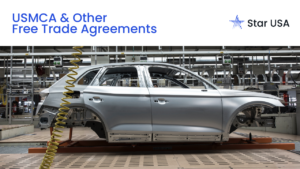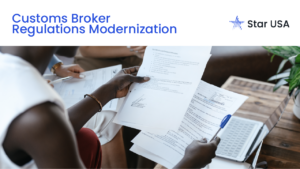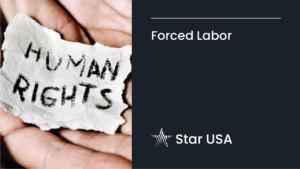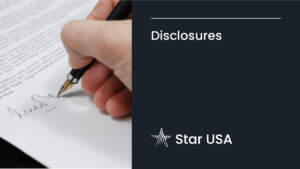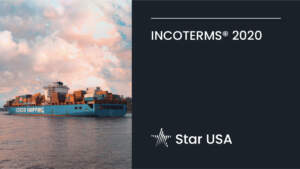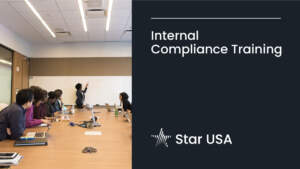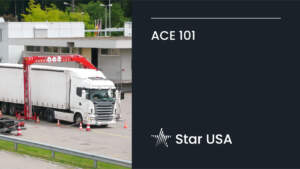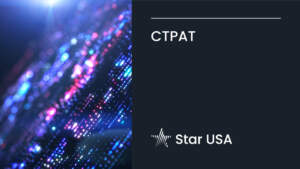Build your foundation. Avoid costly mistakes. Get grounded in the essentials of export controls and compliance. This session covers the key regulations, common pitfalls (including dual-use items), and why compliance matters – because mistakes can carry serious consequences. Perfect for…
On Demand Webinars
Sanctions & Antiboycott
Expert Insight and Real World Scenarios. With Star USA are attorneys Jon Yormick and Aida Dismondy discussing trends in sanction creation, antiboycott actions, and enforcement priorities. Resources Slides – Sanctions & Antiboycott Topics Include: Recent gov’t enforcement actions Red flags…
USMCA & Other FTAs
Avoid mistakes & leverage duty preference options. Don’t be hasty with your USMCA Certifications! Do you know what you’re signing and what your responsibilities are? Know the rules, get the tools, and pick up some new tactics for qualifying your…
Modernized Broker Regulations
Ch-ch-ch-changes 19 CFR recently got a pretty big update, as CBP modernized the customs broker regulations. This includes national permits, fee amounts, responsible supervision, records storage, and more. Join us for an overview of what has changed and what it…
Forced Labor
Accuracy, Audits, Partners, & Obligations A Priority Trade Issue and hot topic, Forced Labor enforcement is happening. Join us as we walk through the way that CBP is approaching it, tools you can use to guide your organization through the…
Disclosures
Should you come forward? Mistakes happen! Luckily, you’ve got methods for mitigating the company’s liabilities. We’ll explore the myriad of disclosure types available and help interpret which one is likely best for your scenario. Understanding your options is imperative in…
Incoterms® 2020 (in 2022)
Expert guidance, tips, and access to decision making resources. Incoterms® were developed by the ICC in 1921 and have since proven to be an indispensable tool for conducting international transactions. We focus on the high-level overview, dive into the intricacies,…
Internal Compliance Program Training
Reinforcing risk areas and developing the right resources Maintaining an effective internal compliance program (ICP) is of paramount importance to ensure your organization avoids costly and time-consuming inaccuracies. We are here to show you the components to building an outstanding…
ACE 101 (2022)
Your glimpse into the largest single trade window. The Automated Commercial Environment (ACE) is the system through which the trade community reports imports and exports and the government determines admissibility. A full understanding of ACE and its capabilities is a…
CTPAT
Why, How, and How Much CTPAT is the new normal and an industry standard. Changes to the minimum-security criteria (MSC) in 2020, remote validations, and recent developments are requiring new and existing CTPAT program members to dedicate increased attention and…
Becoming a Licensed Customs Broker – 2022
Exam to License to Practice Becoming a Licensed Customs Broker (LCB) will expand your skills and confidence in your career, and we want to help you begin your journey! Let us show you the benefits of getting your Customs Broker…
Drawback
Opportunities, Requirements & Insights The new duty-drawback law is the Trade Facilitation and Trade Enforcement Act of 2015 (TFTEA), which was enacted on February 24, 2016. These updates to the law provide opportunities in several areas of the U.S. economy and…
Landed Costs
Why they matter and how to calculate them. There’s more to transportation costs than the shipping price – taxes, customs, insurance and other fees play an integral role. These costs can have a major effect on your pricing strategies. We’ll…




